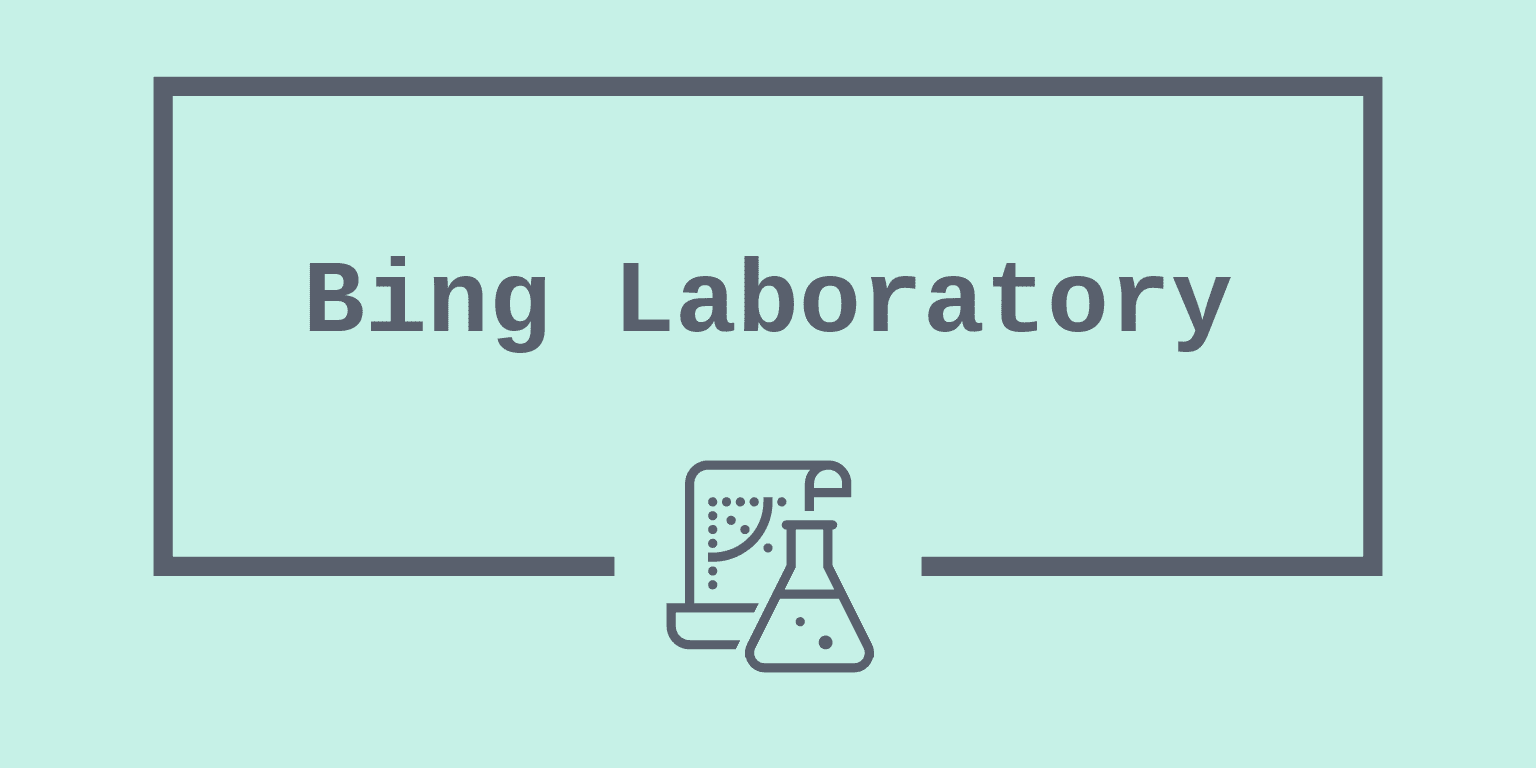Wafer dicing (dicing) refers to the process of cutting a single wafer into multiple independent chips (“die”). This process is performed after all semiconductor manufacturing processes are completed on the wafer for subsequent packaging and testing. There are many ways to slice. Today we will introduce them systematically.
Why is there a dicing process?

The wafer contains thousands of chips, and each chip is an independent unit. When the manufacturing of the chip is completed, the chip is in a bare leaky state. Chemical corrosion, dust, moisture, etc. in the terminal environment will cause fatal damage to the chip. Therefore, the chip needs to be put on “clothes” (casing) to protect the chip, that is, packaging. The dicing process allows each chip to be individually packaged for use in the terminal environment.
The mainstream dicing method?
Generally, there are mechanical dicing and laser dicing. Laser scribing is divided into laser hidden cutting and laser full cutting. There will be criss-crossing dicing lanes on the wafer. The dicing lanes are the boundaries that are to be cut into individual chips. Generally, scribing is performed along the dicing lanes.
Mechanical dicing

Mechanical dicing uses a diamond blade to physically cut the wafer. It is the most traditional and commonly used method in wafer dicing. The diamond blade rotates at high speed to cut the wafer, and the heat and debris generated are carried away by the water flow.
Advantage:
- The equipment is cheap
- Suitable for wafers of various materials
Shortcoming:
- The dicing accuracy is not high
- The dicing speed is low
- Abnormalities such as edge collapse are prone to occur.
- It is not suitable for too thin wafers. Generally, wafers with a thickness of more than 100um are suitable for mechanical dicing.
Laser cutting
Some wafers are relatively brittle and thin, so cutting with a diamond blade is prone to chipping and cracking, so laser cutting needs to be considered.
Stealth Dicing

Laser hidden cutting is divided into two steps: The first step is to use a laser beam to focus on the inside of the wafer, precisely controlling the focus depth of the laser to form tiny cracks inside the wafer while leaving the surface intact. The second step is to evenly stretch the tape attached to the back of the wafer through mechanical means. As the tape expands, the individual chips on the wafer are separated along the laser pre-cut path.

Laser Full Cut
Laser full cutting means that the laser beam is directly irradiated on the wafer surface, penetrating the entire wafer thickness, completely cutting the wafer, and directly separating individual chips. Laser full cutting can precisely control the power, focus and speed of the laser to adapt to different material and thickness requirements. Unlike laser covert dicing, laser full dicing does not require a subsequent tape extension step to separate the chips.
Advantages of laser cutting:
- The dicing speed is extremely fast.
- Small stress damage
- Extremely high scribing accuracy
Shortcoming:
- Expensive
- The debris generated by laser cutting and burning is difficult to clean.
What is slotting?
In order to reduce the chipping problem of dicing, you can use a laser to make grooves first, and then use a diamond blade to scribe. You can also use a thicker diamond blade to make grooves first, and then use a diamond blade for scribing.

What is DBG process?
Japan Disco’s exclusive DBG process (Dicing Before Grinding) refers to first dicing the front side of the wafer to a specified depth (without cutting the wafer through), and then grind the back of the wafer to the corresponding cutting depth to reduce the problem of wafer breakage.



